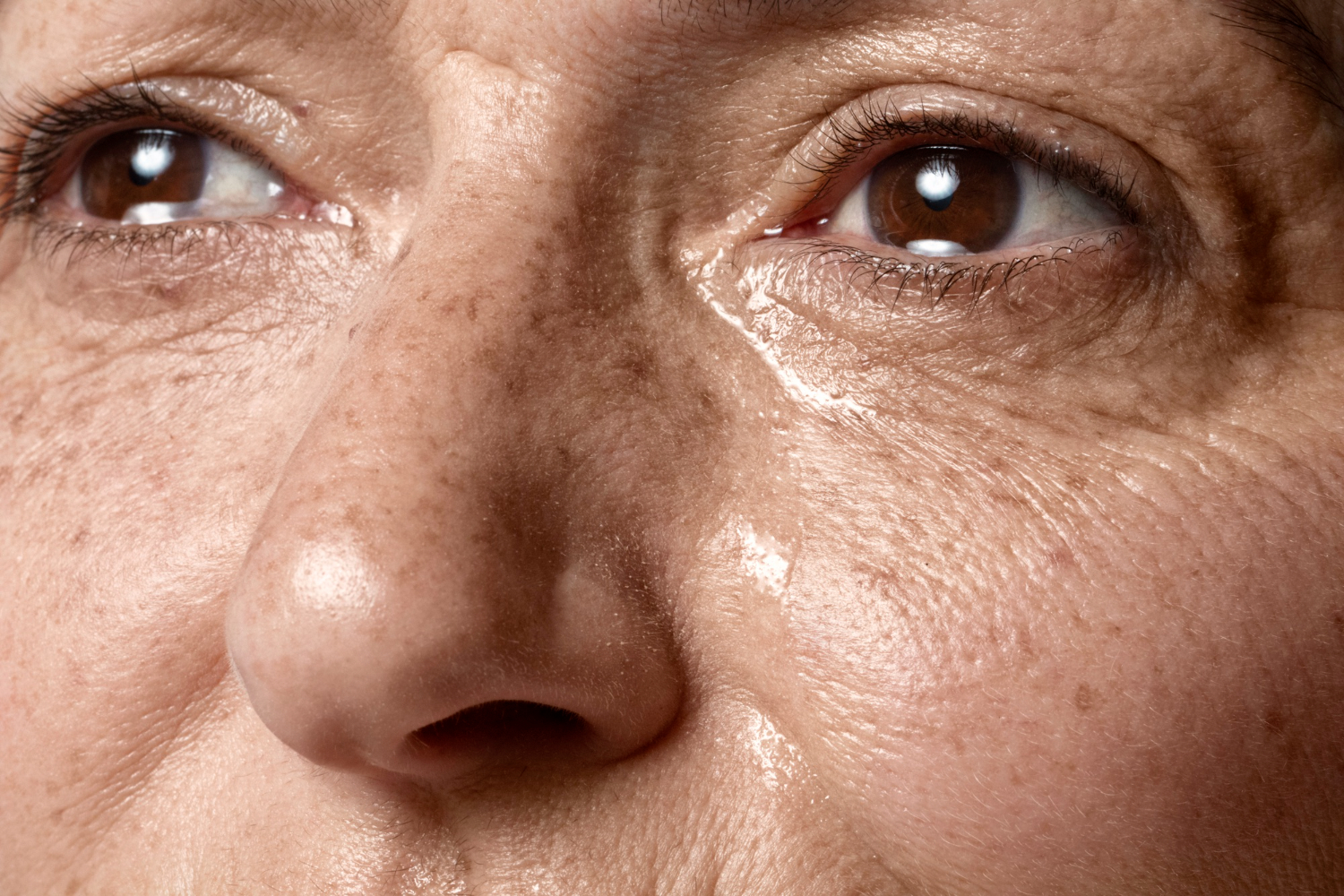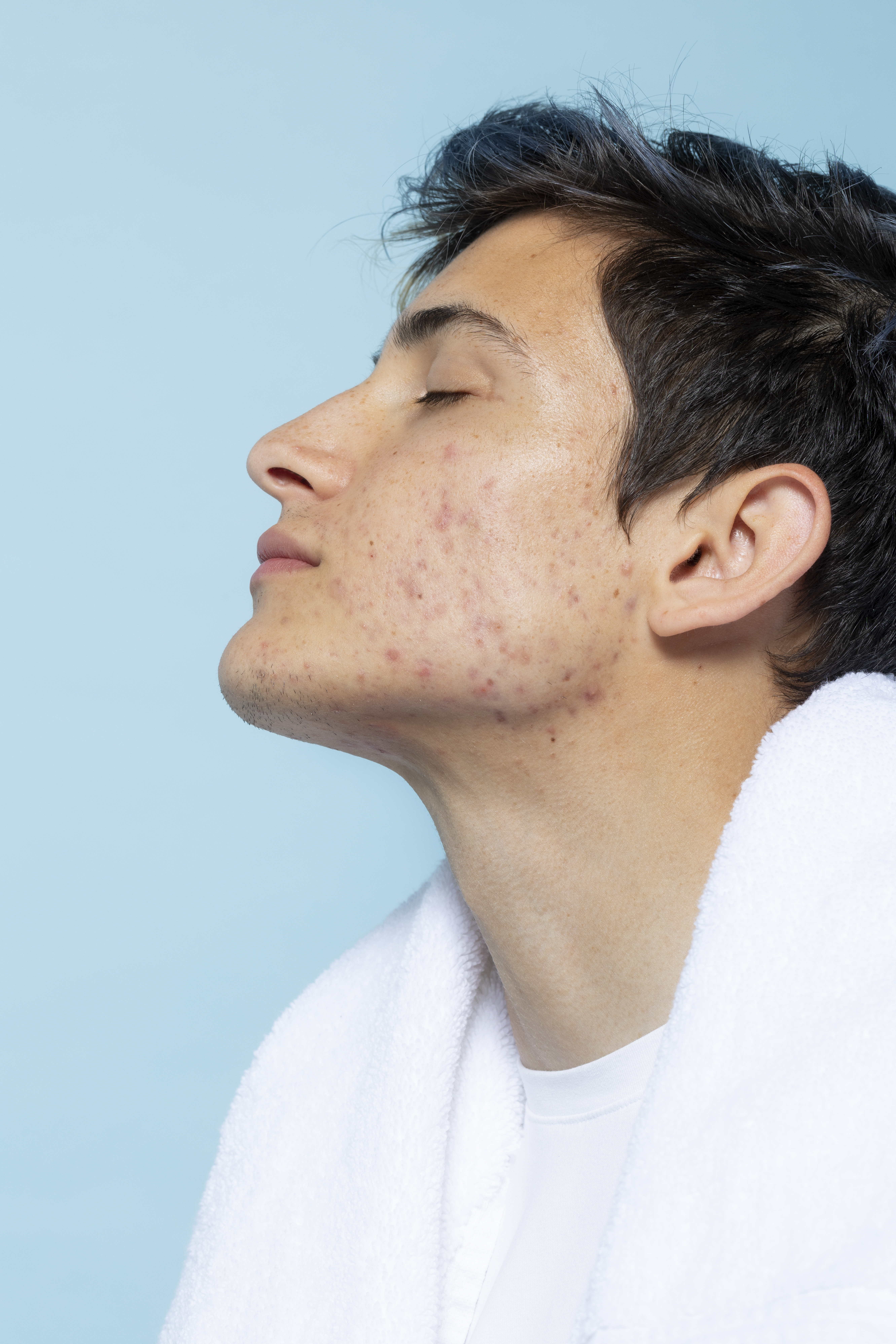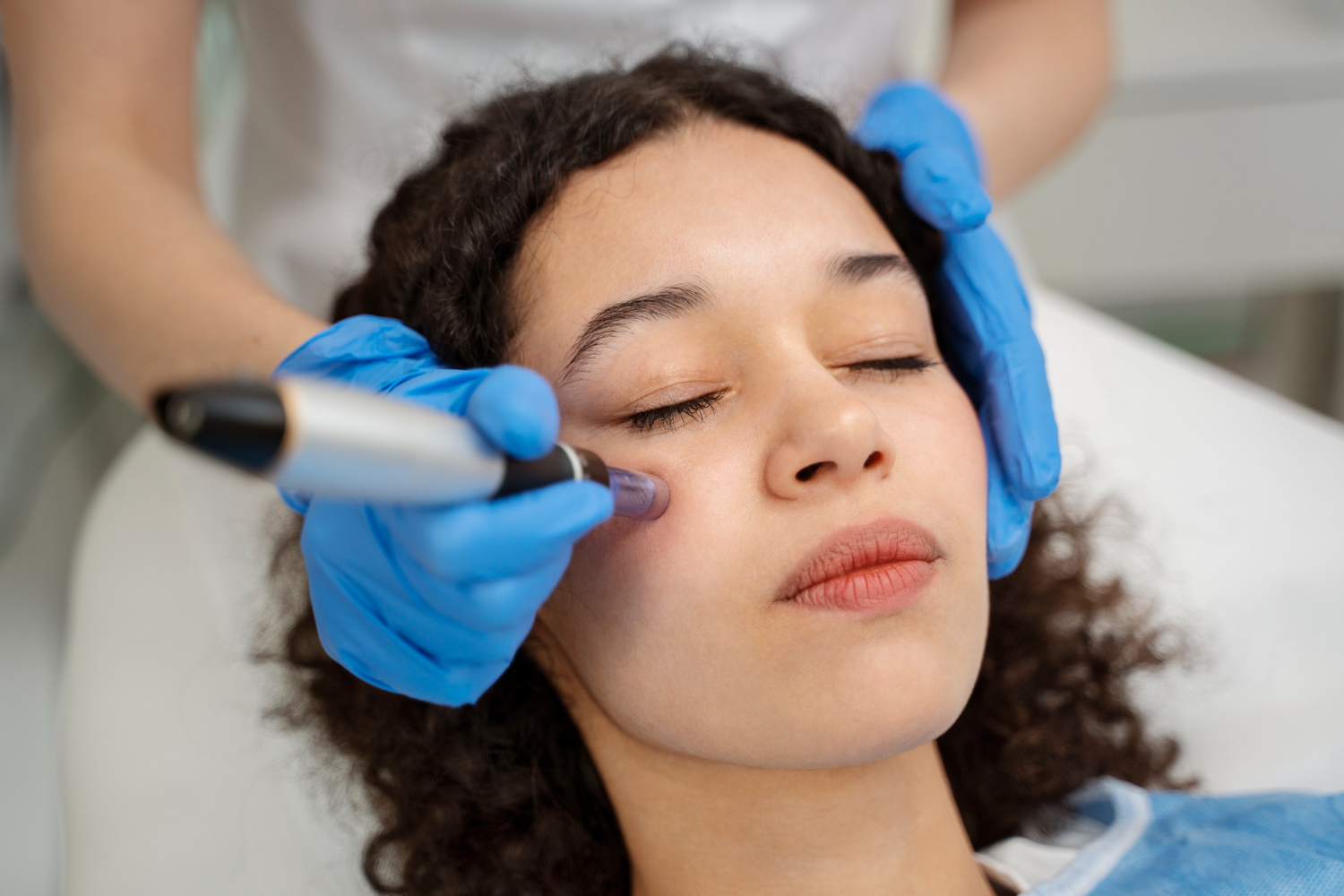
Melasma, a common skin condition that causes dark patches on the skin, is often referred to as the “mask of pregnancy" because it can develop during pregnancy. However, it can affect anyone regardless of gender or age. While it may not be painful or itchy, it can be a cause of concern for many people. In this blog, we will explore what melasma is, melasma symptoms and causes, and the best melasma treatments available to help you better understand and manage this skin condition.
So, whether you are experiencing dark patches on your skin or simply want to learn more about this condition, keep reading to find out more.
What Is Melasma?
Melasma is a skin condition that causes dark, irregular patches to appear on the skin. These dark patches can range in colour from brown to grey, and they usually appear on the face, particularly on the cheeks, forehead, nose, and upper lip. Melasma can also affect other areas of the body, such as the neck and arms, but this is less common.
Symptoms Of Melasma

The main symptom of melasma is the appearance of dark patches on the skin. These patches are usually symmetrical and can be irregularly shaped. Melasma is not a painful or itchy condition, but it can be a concern for many people, especially if the patches appear on the face. The patches can also become darker due to sun exposure, so it is important to protect the skin from the sun’s harmful rays.
What Causes Melasma?
The exact cause of melasma is not known, but several factors can trigger this skin condition. Hormonal changes during pregnancy or the use of birth control pills can trigger melasma in some women. Sun exposure can also make melasma worse, as can certain medications and cosmetics. People with darker skin tones are more likely to develop melasma than those with lighter skin tones, but it can affect anyone regardless of their skin colour.
Best Treatment for Melasma Pigmentation

There are several treatments available for melasma, including topical creams, chemical peels, and laser treatments –
- Chemical peels involve applying a chemical solution to the skin to remove the top layer of skin cells and reveal smoother, brighter skin underneath.
View this post on Instagram
- Q-Switch Laser can also be effective in treating melasma, as it uses high-intensity light to target the dark pigments in the skin.
View this post on Instagram
- Microneedling with Dermapen is mostly used on the face and reduces the appearance of dark spots to give you a glowing skin tone.
View this post on Instagram
Prevention Of Melasma
There are several ways to prevent melasma, such as wearing sunscreen every day, even on cloudy days. Wearing a hat or using an umbrella can also provide additional sun protection from harmful UV rays. It is also important to avoid using harsh chemicals on the skin and to avoid picking at the skin or popping pimples, as this can cause inflammation and trigger melasma.
The Takeaway
If you are experiencing symptoms of melasma, such as dark patches on the skin, you can consult with our dermatologists at Bodycraft Clinic who can help diagnose the condition and recommend the best treatment for your skin type. Book your appointment today!
FAQs about Melasma
1. Is Melasma a serious medical condition?
Melasma is not a serious medical condition, but it can be a cause of concern for many people as it causes dark patches on the skin. However, it does not lead to any serious health problems.
2. Can Melasma be cured completely or does it usually recur?
Melasma cannot be cured completely, but it can be managed effectively with the right treatment and care. In some cases, it may recur, especially if the underlying causes are not addressed.
3. Is exposure to sunlight a major risk factor for Melasma?
Yes, exposure to sunlight is a major risk factor for melasma. Sunlight triggers melasma by stimulating the production of melanin, which causes dark patches on the skin. People with darker skin tones are more susceptible to developing melasma due to their higher levels of melanin.
4. What are 3 different types of melasma?
There are three different types of melasma: epidermal melasma, dermal melasma, and mixed melasma. Epidermal melasma occurs in the top layer of the skin, dermal melasma occurs in the deeper layers of the skin, and mixed melasma is a combination of both types.
